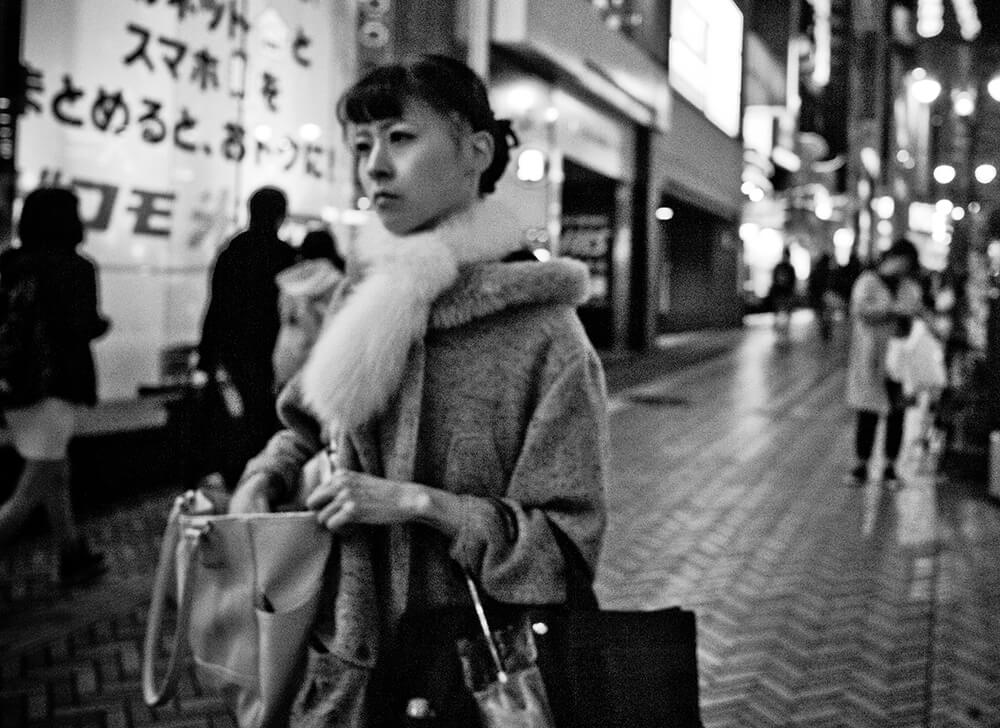INTERVIEW
Finding the Present Tense
WITH JON POPOWICH
An interview with Jon Popowich
“I like pictures that make you really wonder about the character – what is on his or her mind, who are they, what will they become? What was this slice of time I just carved out?”
Jon Popowich won our Street Life theme – judged by the legendary David Alan Harvey – with his towering, monumental image of a businessman on the streets of Tokyo. David described it as an ‘amazingly powerful picture’ with ‘so many absolutely perfect elements’. Fittingly, we wanted to ask Jon more about the image and his practice, and so put some questions to him. His responses were eloquent and considered, touching on his introduction to film photography, the majesty of Tokyo, and the realities of workshops led by famous photographers…
Jon, congratulations on winning our ‘Street Life’ theme. Can you describe the image, and what it means to you in your own words?
It was shot in March of 2015 in the Ginza area of Tokyo, at a Magnum workshop hosted by the Nippon Photography Institute. The theme I had been working on and exploring during those days was what I came to see as a sort of ‘retrofuturism’ that was present in many areas of Tokyo. So much of my work during the workshop reflected that and I’m proud of many of those images. However, I’d been dissatisfied, frustratingly seeking another kind of image, which although related to the theme, would also stand on its own. I was feeling the need for something ‘monolithic’, I could see these juxtapositions everywhere but failed to rise to their call. There was an image partially formed in my mind, a presence or something fleeting that I was on the verge of discovering.
I had been shooting mostly in Shibuya and Shinjuku and when the Magnum/NPI session was over, I moved to Ginza. This image was shot as I spent a few hours amongst those businessmen moving to work, between offices and towers, meetings. Completely unrehearsed, captured in one of those amazing quick moments where all of the elements of character and unknown story and geometry and contrast seem to come together, it reflects everything I see in those places. The sense of scale in the architecture, the people, this man; a seriousness, a focus and a momentum and a sense of anxiety. A visual competition between the architecture of the man and the surfaces and height of the building.
What is it about Tokyo that makes it such as a special place to photograph?
Photographically, there are many great cities in the world, and for me three ‘greats’ are New York, Paris and Tokyo. But whenever I’ve shot in New York or Paris, I’ve felt somewhat as though I wished it were Paris in 1930-1950, or New York around 1950-1985. Not that there still aren’t wonderful shots to be had, but some of the visuals, the circumstances that made many of those classic images, no longer exist there. Perhaps I get distracted by a nostalgia and lack the vision to see past it. But Tokyo – it feels very ‘present tense’. And it is an incredibly wonderful and strange and vibrant city with amazing people. Tokyo for me is a place that spans a continuum of kindness, closeness, community, but then shifts also to chaos, claustrophobia, isolation and loneliness. It is such a sensual place, full of a distinctive creative tension.
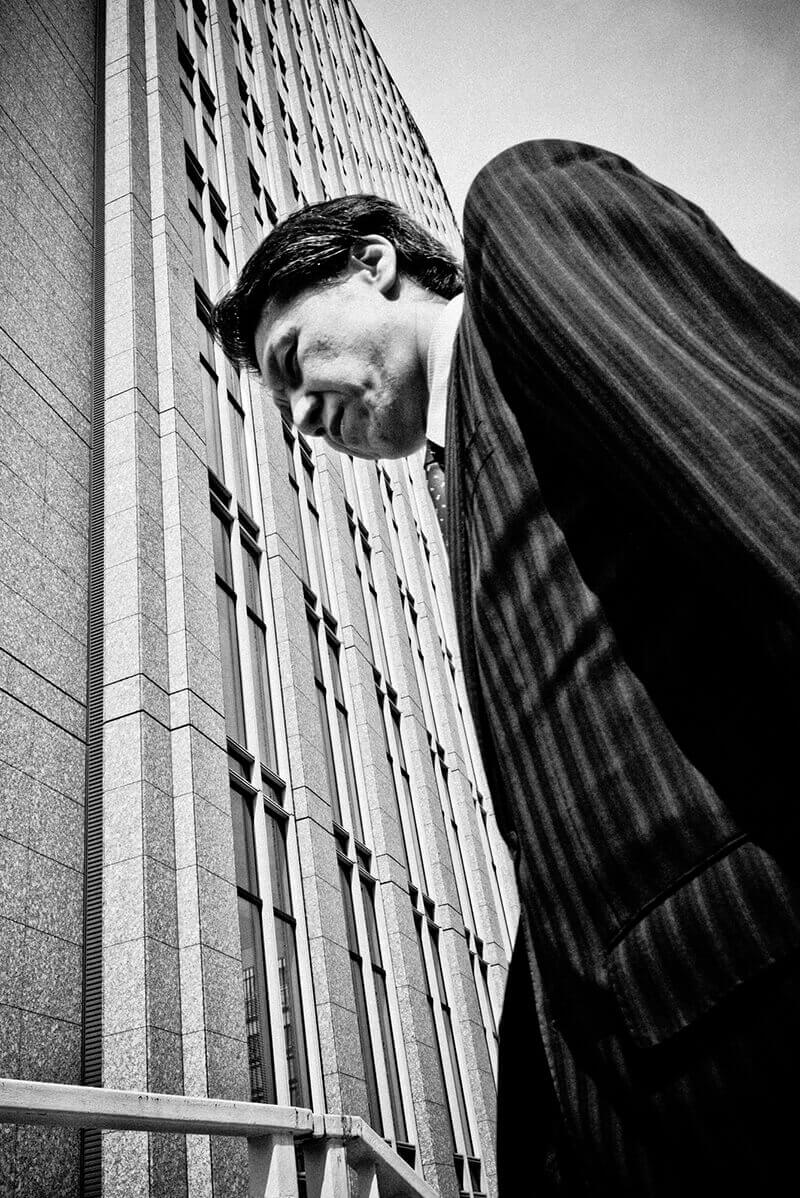
Jon’s winning ‘Street Life’ image
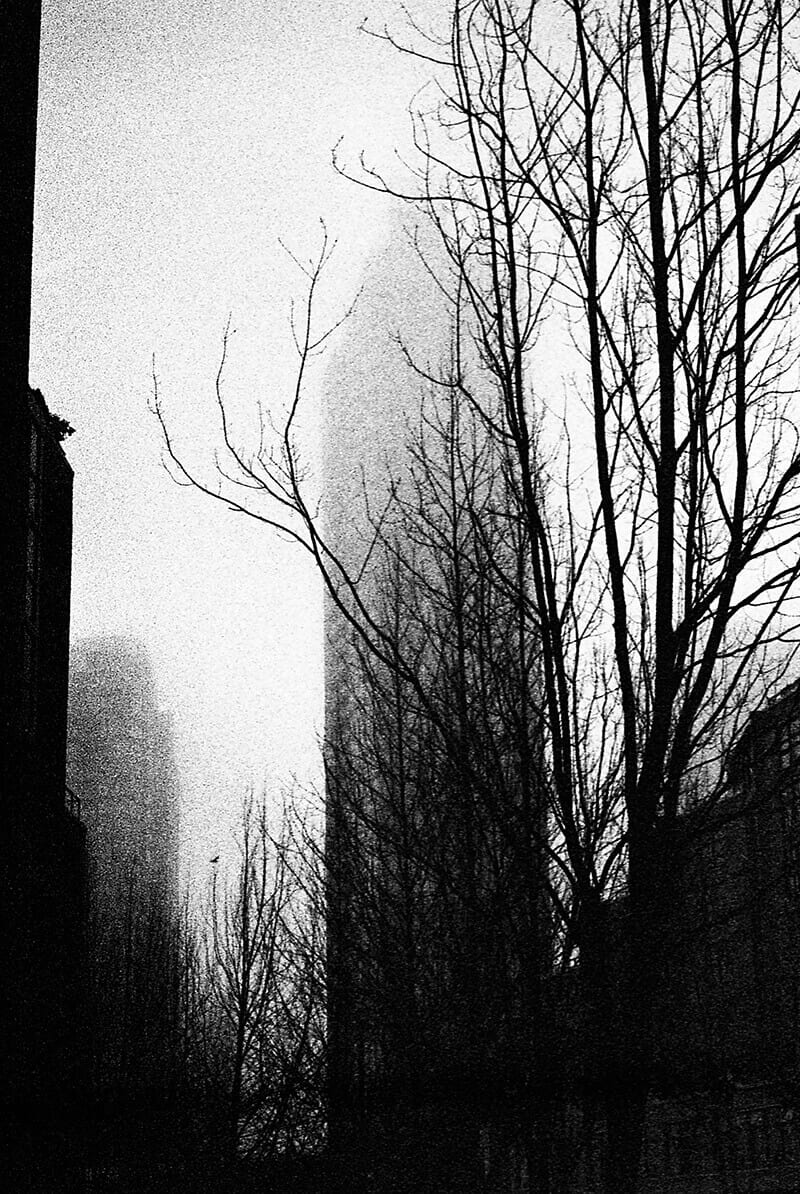
I understand the image was taken during a Magnum workshop, and I imagine many of our readers will be intrigued by what these are like. Can you describe the format?
This was a workshop run by Magnum and hosted by the Nippon Photography Institute which is conveniently located in Shibuya. There were three instructors: Bruce Gilden, Jacob Aue Sobol and Gregory Pinkhassov; I had applied to be in Bruce Gilden’s group. Each morning we’d gather in the classroom and review all of our previous day’s shots and he would provide advice, commentary, and direction for the afternoon and send us on our way. Other teachers have other styles I’m sure; Bruce is very hands-off because he’s adamant that you find your own voice. We didn’t spend time fiddling with techniques and tips, but rather the important things – the eye, how to see, what are you looking for, etc. He challenged us – hard at times – he’s tough and opinionated, pulls no punches, but he’s also very fair and supportive, and he’s very passionate about photography. Bruce Gilden is an amazing photographer who has continually re-invented himself over the years, and I could have talked with him for weeks. At the end we selected some of our best images along with the other groups and showed them.
I can’t speak for all Magnum workshops – it was the only one I’ve been to – but this one was hard work with excellent facilitation from Bruce. Attending photography workshops led by famous photographers has become almost a hobby for some people, but I found this one genuinely challenging and engaging.
What was the most valuable lesson you learnt from that trip?
There are many…some you see right away and others only through the fullness of time. All learning is like that, even for the most experienced. One thing that did occur was that I started to see some of my work in a different light, whether it was framing or timing or courage, which is good but can be tough when you realize with fresh eyes that some of what you’d once thought was good may be fine for your own personal diary, but the better stuff takes a lot more work. I’m sure this probably happens all the time, even for the master artist, that game of continually raising the bar.
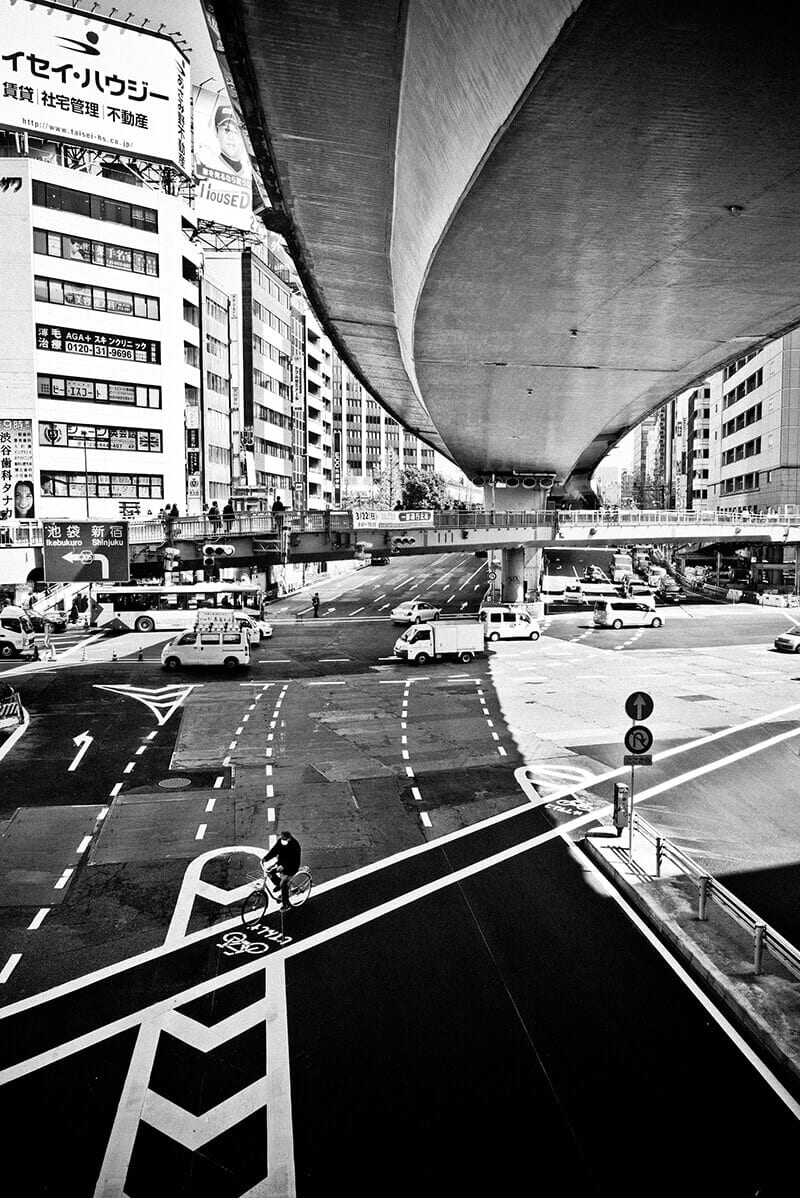
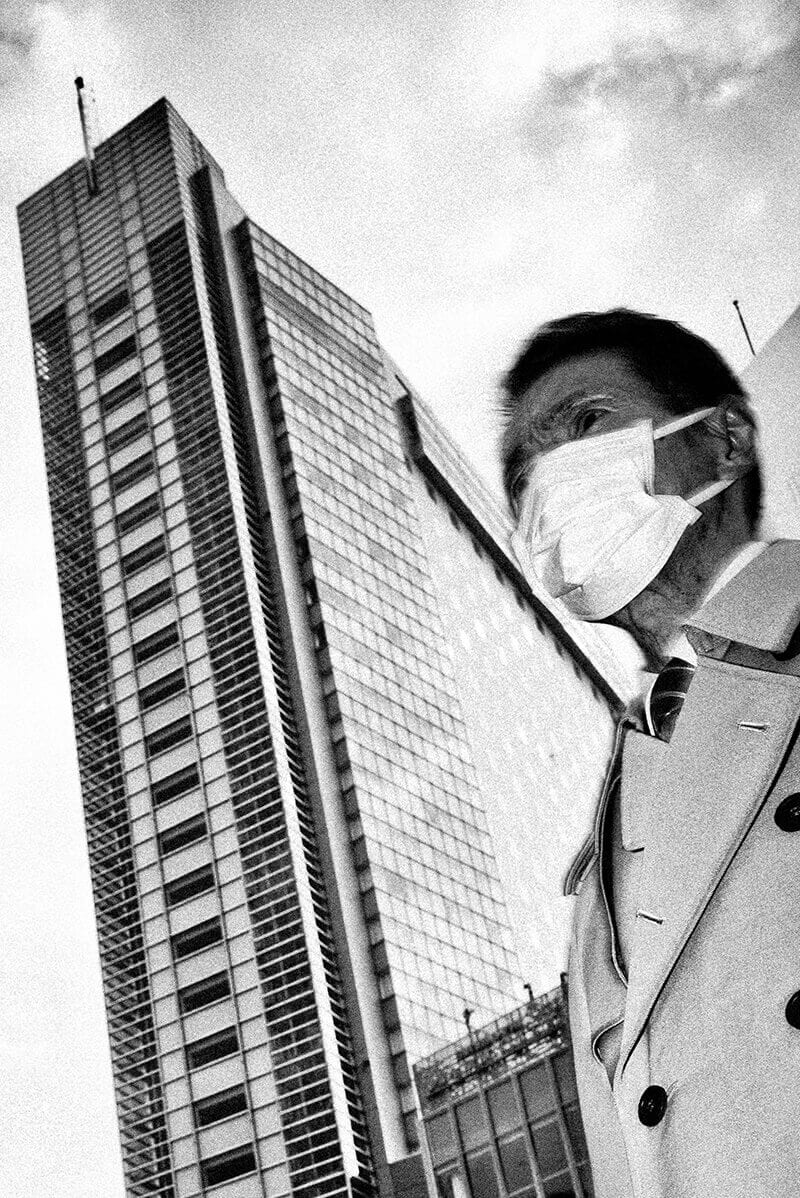
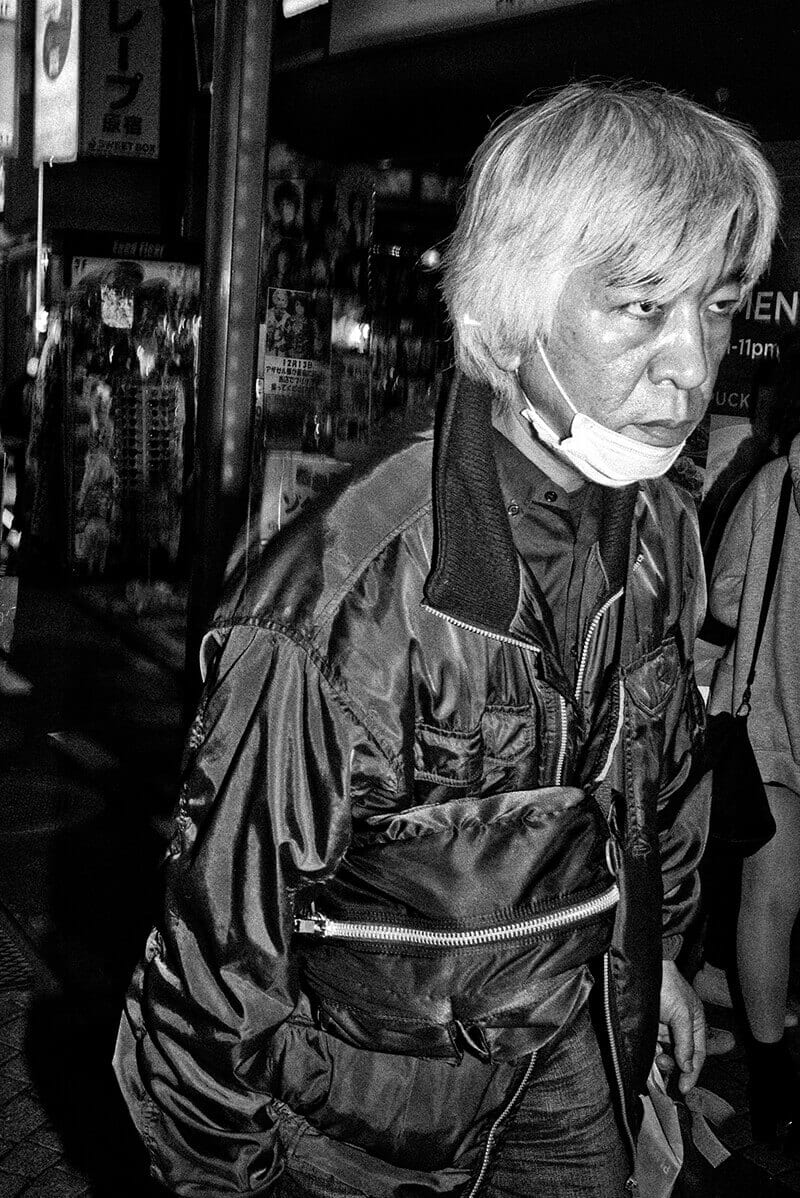
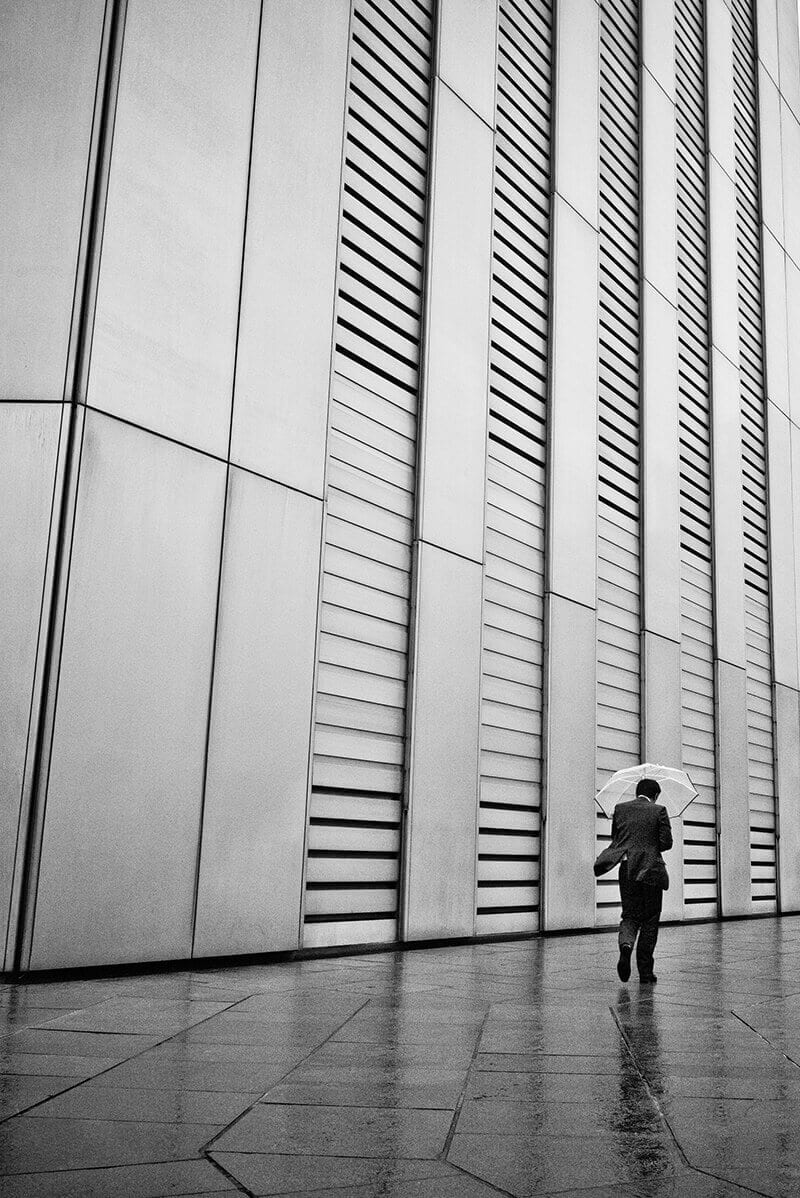
I believe you shoot digital, but your winning image has some of the character of film. Is that a conscious thing? What elements are most important to you in your images?
I’m glad you notice that – I actually shoot a lot of film and have for decades; I tend to like the simplicity of film cameras and even when I shoot digital I’m pretty selective and shoot it the same way. I don’t undertake any complex editing exercises with my digital images in attempts to emulate film, but no doubt my love of contrast and certain qualities that are often present in film images probably influences my work.
I’ve always sought to have either an inherent stillness or a sense of scale or drama, even slight dread or ambiguity in an image. I’m a huge fan of trying to capture forms properly within a frame, and love out of focus when it’s well applied. I like pictures that make you really wonder about the character – what is on his or her mind, who are they, what will they become? What was this slice of time I just carved out? All of these things, probably more I can’t think of right now, are what I also hope a viewer experiences.
Do you have ‘unfinished business’ with the city of Tokyo? Would you like to return and continue working on this body? I’ve heard you mention a photobook…?
I very much want to return to Tokyo; I feel as though I only scratched the surface on either a photographic level or even just as a visitor. I’d like to expand the scope of what I had been working on – the idea of retrofuturism for example, and also incorporate some elements that capture social anxiety…without being predictable since the idea of isolation in the big city has been visited over and over again everywhere. I am working on a photobook which will likely feature some writing and selected images from my whole body of work based on many themes, and I would love to do one just on Tokyo.
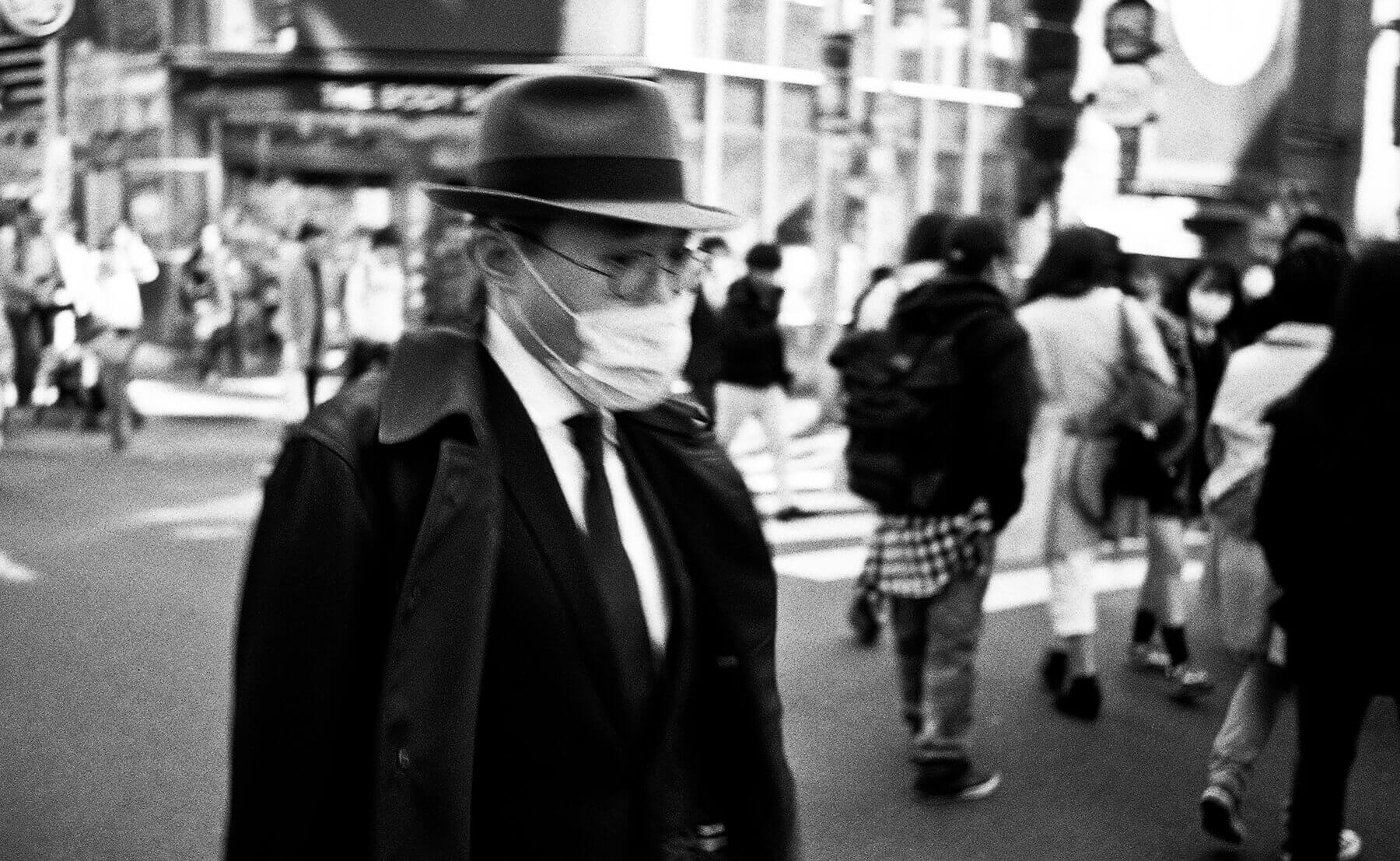
Let’s go back a bit… where did your love of photography begin, and what role does it play in your life? And who or what inspires you?
I’ve always been a strong visual person, and my love actually started with movies although looking at old LIFE magazines moved me tremendously. My late father had an old Ansco rangefinder which he’d bought in the late 1950s and he shot a lot of Kodachrome in the mountains and in his university days. As a family we always spent time in the mountains and he coached my older brother to use his camera while I played with a cheap movie camera. My brother got into still photography a lot, showed me how to print, and we shot a lot of pictures during our own climbing adventures. The love kind of continued from those early days. It ebbed and flowed a bit but in the last several years it’s been a passion and an ongoing expressive longing. Photography is very important to me.
What inspires me are any circumstances where intensity and emotion exist, or conversely, are conspicuous by their absence. And all brought together to give things their proper expression, as Cartier-Bresson would say. This characterizes great art for me, whether writing or photography or music. Photographically, the list of inspiration is very long for me but includes most of the Magnum photographers, William Klein, Daido Moriyama, Shomei Tomatsu, Saul Leiter, William Eggleston, Glen Denny, Ilse Bing, Catherine LeRoy – too many more to mention! The paintings of Alex Colville I find hugely inspiring.
And finally, what are you working on right now?
Other than the photo books, I was in Rome and Berlin in May and have been working with some of those pictures. For the past year though I’ve been really inspired by Saul Leiter, Alex Webb, David Alan Harvey and William Eggleston and trying to raise my colour and composition game. Since the demise of Kodachrome I’ve tended to shoot mostly black and white; it’s still my passion, but I enjoy colour when it’s done right. And I would love to have a show of some of my work, to put it out there and share it.
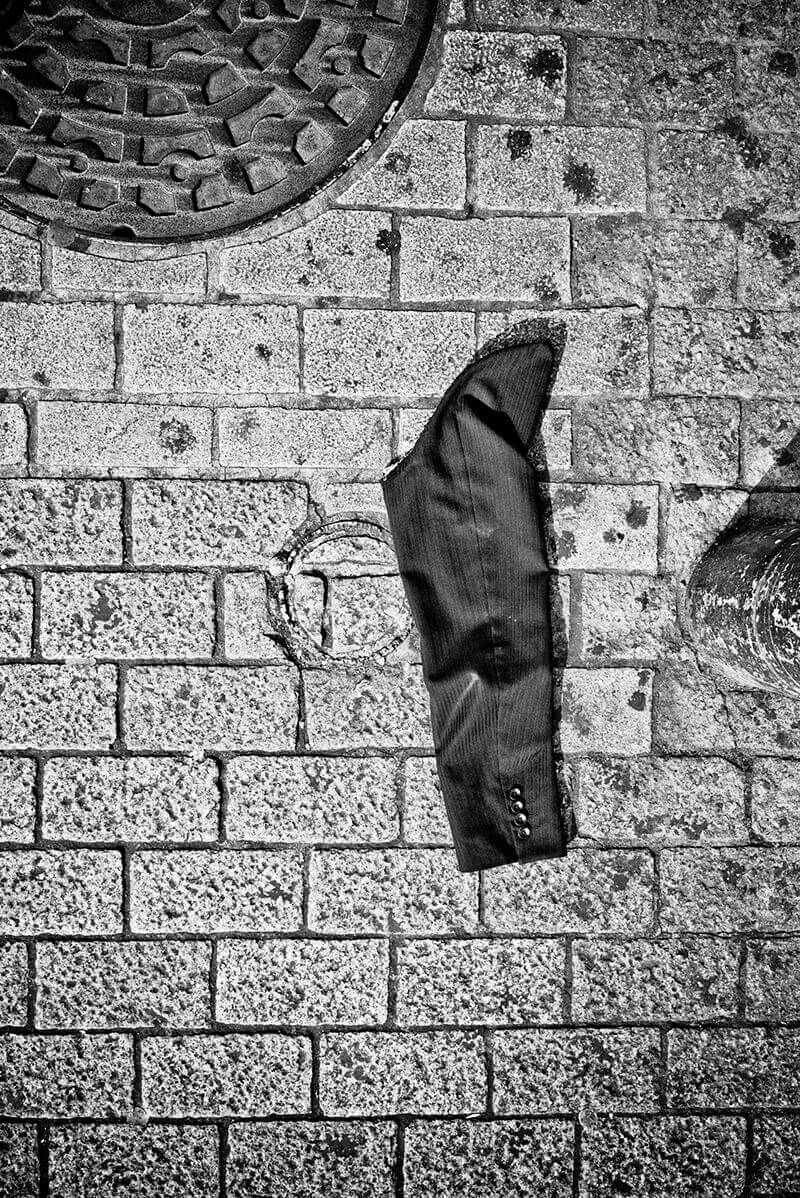
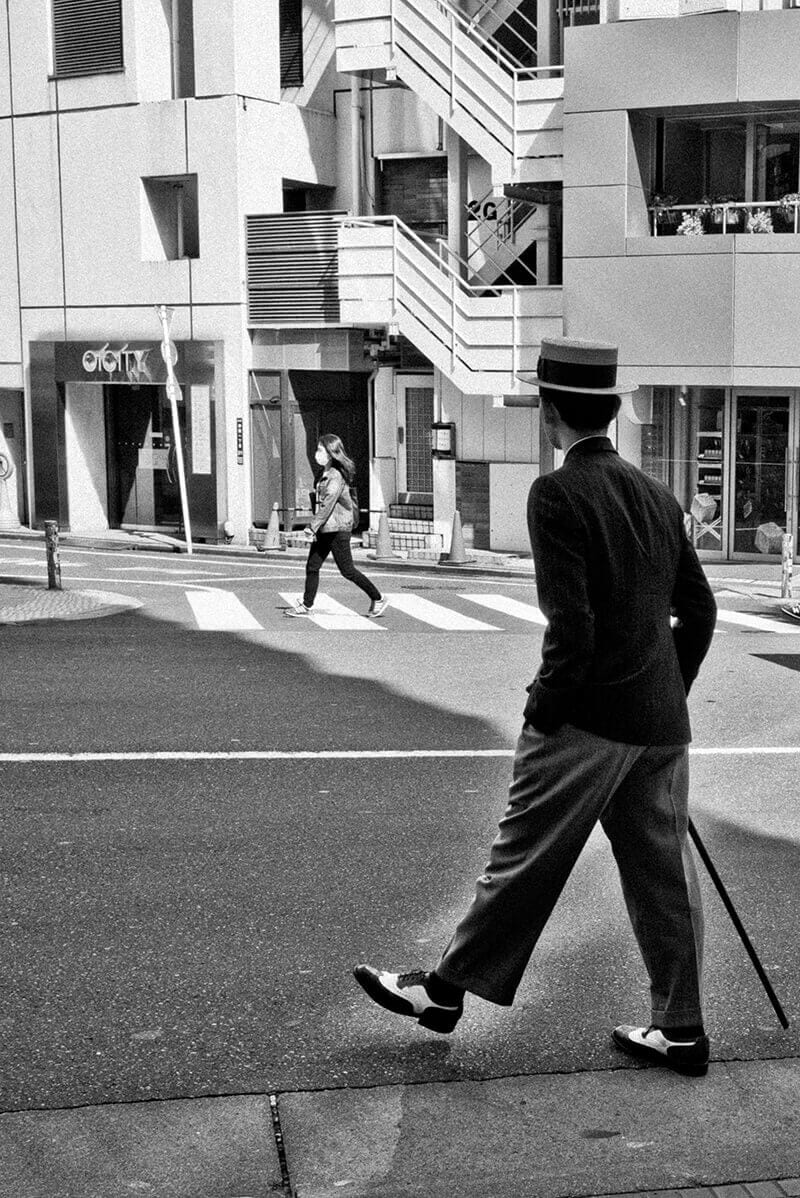
All images © Jon Popowich
